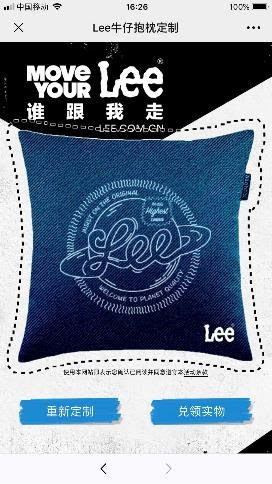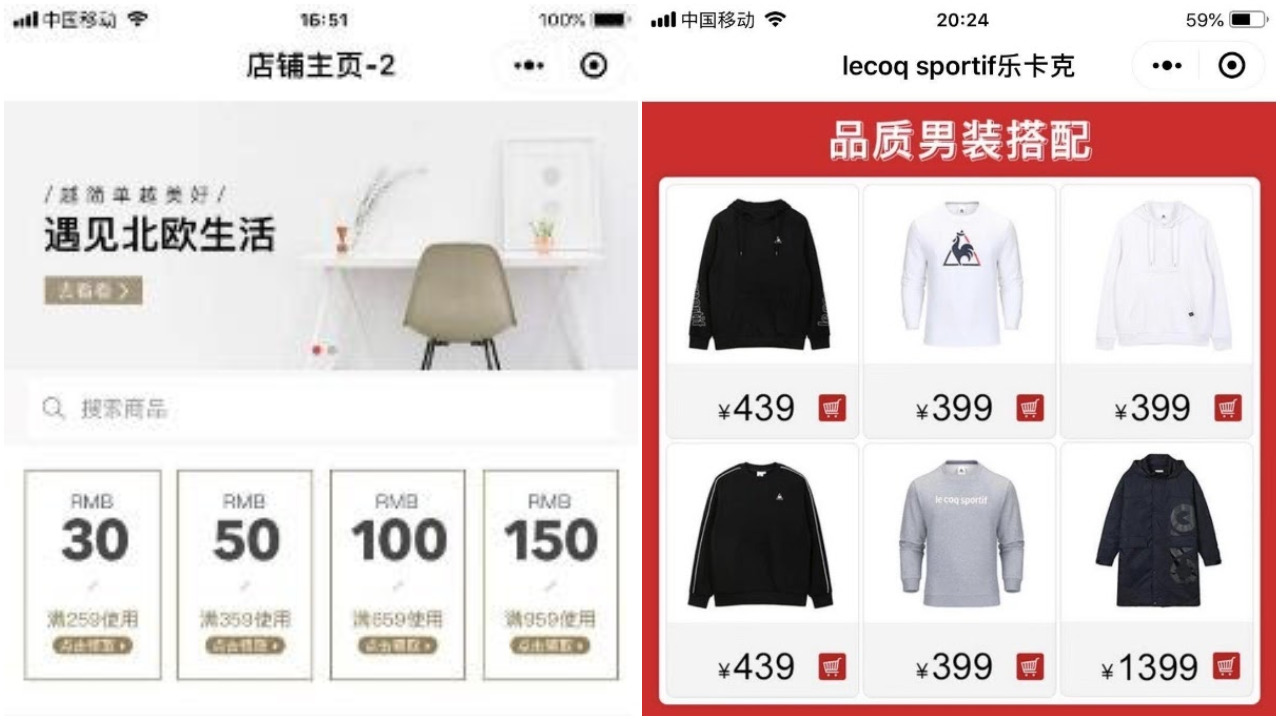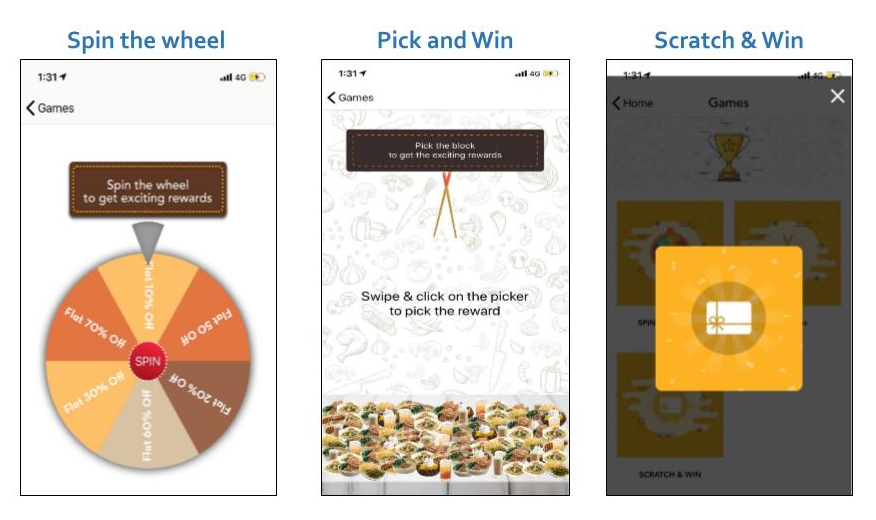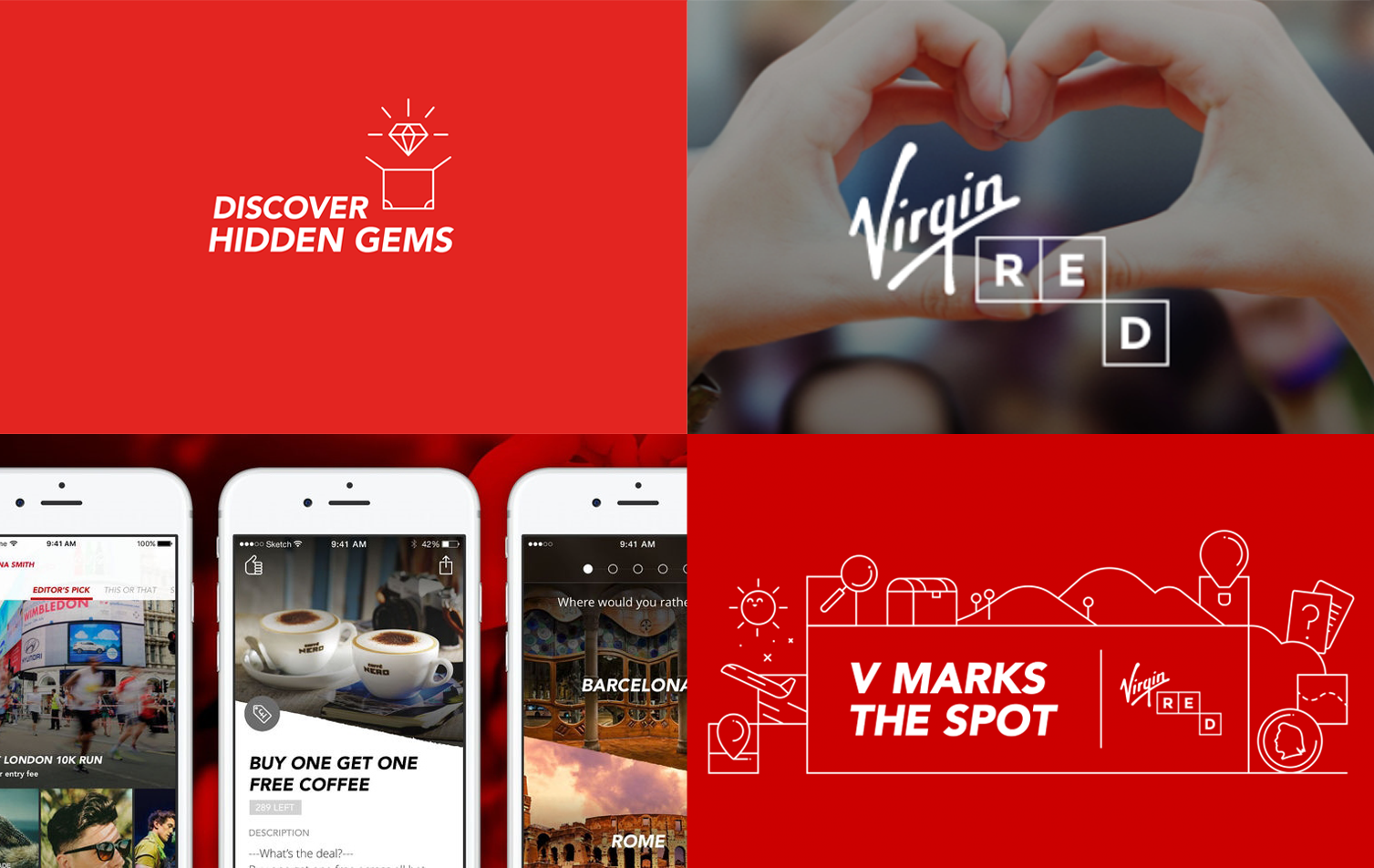The majority of retailers still view their loyalty programs through a restrictive and narrow ‘purchase-and-get-points’ lens.
We are not discrediting the model; it has been proven effective, and given the challenging economic landscape, discounts and store credits still carry a lot of weightage. Having said that, brands will have to take into account the rapid commoditization in the loyalty marketing space (the average customer is part of 15+ programs) and relook at their loyalty program to give customers a compelling reason to come back beyond cost savings.
Expanding the Scope Of Your Loyalty Program
While discounts and cashbacks are great for attracting new customers and lowering the risk of commitment, there lies a massive opportunity for brands beyond the horizons of transactional loyalty.
A staggering 84% of consumers in a study said they would actually spend more with retailers that offer points for activities other than spending.
*Report by COLLOQUY
To boost customer retention and program ROI, brands will need to expand their loyalty program to incorporate behavioral, experiential, and engagement-based rewards like QR code scans, store check-ins, app download, newsletter subscriptions, product trials, event access, social shares, and reviews in addition to transaction-based rewards.
Trailblazer Brands in the Non-Transactional Loyalty Space
China has been at the forefront of O2O, omnichannel, and loyalty solutions and the underlying tech powering most of these transformations is WeChat – the largest messaging app in China with a whopping 1.2 billion monthly active users from a wide range of age groups.
Brands like Dyson*, Kipling* and Lee* have managed to crack the omnichannel customer journey code by incorporating omnichannel loyalty, non-transactional rewards, and of course WeChat.
1.The consumer sees the brand’s ad in the offline world, scans the QR code and starts following the brand’s WeChat account. He/she receives Welcome Bonus points for following the brand’s WeChat account. Based on the user’s demographic & location, the brand sends a personalized in-store promotion to the customer
2. The customer earns points for checking-in at the store and for completing a transaction. The brand also generates a real-time, limited period discount coupon for a different product.
3. Once the customer purchases the cross-sell product, he/she receives a feedback survey. The customer completes the feedback survey and earns more points in their account.
4. A few weeks later, the customer receives a notification for an online sale and is prompted to redeem their points to get higher discounts.
With this journey, the consumer has been incentivised to explore all of the brand’s touchpoints (WeChat, physical stores and online channels), thereby giving the brand a complete Omnichannel View of the customer.
Another great implementation of non-transactional rewards and gamification in loyalty is by Health Promotion Board (HPB)* – a statutory board under the Ministry of Health (MOH) of Singapore that was established to enhance and drive national health promotion and disease prevention programmes
HPB’s flagship program – Health Insights Singapore (hiSG) – seeks to understand the health behaviours and lifestyles of Singaporeans. Participants are offered a free Fitbit Ionic smartwatch that collects lifestyle and behavioural data across various health topics such as physical activity, nutrition and mental wellbeing.
With the Healthy 365 mobile app, participants in the programme earn HPB Healthpoints for diverse use-cases like: wearing the smartwatch, completing step count challenges, syncing fitness records, answering questionnaires, scanning QR codes and recording meal logs.
HPB uses Healthpoints to drive real-world changes in consumer behavior by rewarding users for healthier purchases (through barcode scans from food, drink or grocery consumption) and redeeming them for shopping and dining vouchers, as well for EZ-link top-ups.
[*Capillary has an active engagement with these brands]
Leveraging AI to Measure the Impact of Non-Transactional Rewards
Retailers have traditionally focussed on the transactional aspect of loyalty programs and for a good reason – it’s easier to quantify and track the ROI. However, advances in AI and Machine Learning have made it a lot easier for retailers to understand which non-transactional rewards and strategies drive sales. According to a Capgemini report, 70% of consumers with high emotional engagement spend 2X higher with the brand.
AI can help marketers understand the impact of different experiential rewards and engagement strategies in influencing a customer’s decision to make a purchase, move the item to a wish list or abandon the purchase cycle. The algorithm essentially compares multiple combinations of successful and unsuccessful reward, promotion, engagement strategies. The ones with positive influences can be further enhanced and the negative ones removed to optimize the process.
Use Cases
- The data reveals that a certain segment of customers is likely to purchase a product after a free trial. In this case, offering rewards for sampling and trials to that select group could increase the probability of a purchase.
- Your customer feedback suggests that product returns are spiking due to customers not realizing product value due to inconsistent usage. Offering rewards for continued product use can reduce returns and reinforce product value. This is a great use case for fitness trackers and electronics.
- Millennials are sidestepping your brand due to limited product reviews. Rewarding customers for publishing trustworthy online reviews could attract new customers. This is a quick hack for brands with limited digital mindshare.
Benefits of Non-Transactional Rewards
-
Nurture Emotional Loyalty
Non-transactional rewards loyalty are a great way to strengthen the emotional loyalty of a brand-customer relationship. Emotional loyalty is a combination of three components (Affinity, Attachment & Trust) and together they underscore the reason why customers prefer a brand over the others, beyond the monetary aspects.
A study by Wunderman Loyalty states that 79% of customers will only consider shopping with brands that show they understand and care about them. By rewarding all kinds of engagement, not just transactions, you demonstrate that you care about your customers beyond their wallet share. The simplest and easiest way to get started on this path is to offer personalized rewards on special occasions (birthdays, anniversaries etc.)
-
Boost Engagement Rates
The biggest benefit of non-transactional rewards is by far the ability to sustain continued customer engagement outside of the purchase cycle. Unfortunately, most brands have a disconnect between their customer engagement strategy and their loyalty solutions. When layered together, they create almost endless opportunities like rewarding user-generated content, recycling initiatives, charity and donation drives, writing product reviews, product-related quizzes, or referring a friend. The rise of Smart Tags and IoT expands these use cases even further: for instance, brands can reward workout progress, going for a run in their new shoes, or minimizing carbon footprint.
-
Acquire Deeper Customer Insights
Non-transactional data allows marketers to glean a wealth of additional information about customers and their life outside brand interactions. Analyzing these data reveals what is important to program members, and allows marketers to craft more personalized and meaningful experiences that can further improve the engagement rates, thereby creating a positive feedback loop.
Tips to Incorporate Non-Transactional Rewards
-
Create a Lifestyle App
The best way to adopt a non-transactional reward strategy is to see your loyalty program as a dualistic entity: one with marketing and Customer Experience components. The points, redemption and transactional part of your program flow into the marketing bucket while the engagement and emotional aspects are part of the Customer Experience universe. The important thing to remember here is that the experience has greater longevity in your customer’s mind compared to discounts.
A great mobile app experience can serve as the linchpin that connects these two aspects of your loyalty program offers. Several brands like Walgreens, Starbucks and Amazon have cracked this coded fairly well. For instance, in addition to earning, tracking and redeeming points, the Starbucks app allows customers to place orders, pay for an order and even stream music on the go. Likewise, the Walgreens app offers extended functionalities like upload/refill prescriptions and pay for purchases in addition to its loyalty program.
-
Incorporate Gamification Elements
Gamification is essentially the application of game design elements in a non-game environment. From a loyalty program perspective, this involves status and tiers, levelling-up and unlocks, missions and challenges, goal setting, progress feedback etc. The idea is to boost engagement as well as the stickiness factor of the loyalty program. In a Bond report, over half (53%) of members said they were interested in using game mechanics and 81% of members engage with game mechanics when they are present.
Bakmi GM*, a legendary restaurant in the Indonesian culinary scene leverages gamification-based loyalty initiatives like Spin and Win, Pick and Win to improve customer engagement and loyalty.
Virgin Red is another classic example of a gamification-driven loyalty Program; it incorporates several game mechanics like virtual treasure hunts, leaderboards, secret vaults that can be unlocked for prizes, and daily quizzes to earn extra points.
 [*Capillary has an active engagement with the brand]
[*Capillary has an active engagement with the brand]-
Invest in the Latest Loyalty Tech
Non-transactional rewards that are not contextual or value-driven will fail to spark customer interest. That’s why data should be at the core of a great loyalty program experience. Retailers should be able to integrate data from multiple sources like in-store, social media, website, app and customer helpdesk, not just purchases. A slew of technologies like CDPs, DMPs, CRM and advanced AI should work in tandem with your loyalty program to blend customer’s digital avatar with brick and mortar store behaviour to create the famed Segment of One. Once you have access to behavioural and transactional patterns of a customer, it becomes a whole lot easier to drive hyperpersonalized and contextual rewards at scale across online and offline channels.
Wrapping Up
The lines between the Brand, the Program, and the Customer Experience are increasingly blurring but the Program remains a critical part of a customer’s relationship with the brand. As the Brand and the Program have become more intertwined, a new paradigm has emerged – one where the Program is an extension of the Brand and serves to enhance the Brand experience.
Get in touch with your loyalty experts at Capillary today and enhance your brand’s experience through our loyalty solutions.






